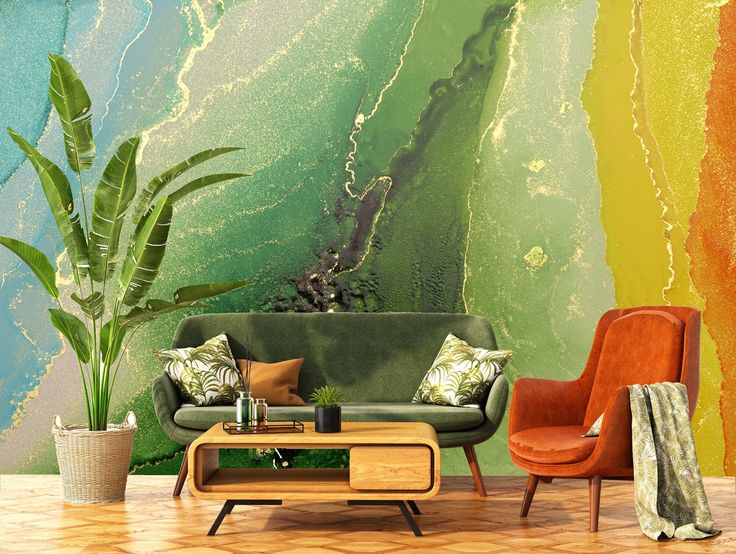Can Eco-Friendly Wallpaper Adhesives Work on Any Surface?


Eco friendly wallpaper adhesives are becoming increasingly popular as consumers seek more sustainable options for their home improvement projects. However, the effectiveness of these adhesives can vary depending on the surface you’re working with. This post will explore whether eco-friendly adhesives can be used on all surfaces and provide some helpful tips for successful wallpapering.
Understanding Eco-Friendly Wallpaper Adhesives
Eco-friendly wallpaper adhesives are formulated using natural or plant-based ingredients, reducing their environmental impact compared to traditional chemical-based adhesives. They typically contain fewer volatile organic compounds (VOCs), which can contribute to indoor air pollution.
Factors Affecting Adhesive Performance
Several factors can influence the performance of eco-friendly wallpaper adhesives:
- Surface type: The material and condition of the surface can significantly impact adhesive adhesion.
- Adhesive quality: Not all eco-friendly adhesives are created equal. Some may be more effective than others, depending on the specific surface.
- Application technique: Proper application is essential for ensuring the adhesive bonds securely to the surface.
- Environmental conditions: Temperature, humidity, and ventilation can affect drying times and adhesive performance.
Surfaces Suitable for Eco-Friendly Adhesives
While eco-friendly adhesives can be used on many surfaces, they may not be suitable for all. Here are some common surfaces where they typically work well:
- Painted walls: Smooth, primed walls are ideal for eco-friendly adhesives.
- Wallpaper: Removing old wallpaper and applying new, eco-friendly adhesives can be a good option.
- Plaster: Smooth plaster surfaces are suitable for eco-friendly adhesives.
- Smooth drywall: A primed and free of imperfections can be a good candidate.
Surfaces Where Eco-Friendly Adhesives May Not Be Optimal
- Textured surfaces: Highly textured surfaces may require a stronger adhesive or additional preparation.
- Damp or humid areas: Eco-friendly adhesives may be less effective in damp or humid environments.
- Outdoor surfaces: These adhesives are generally not designed for outdoor use.
- Highly porous surfaces: Surfaces that are highly porous or absorbent may require a different type of adhesive.
Tips for Successful Wallpapering with Eco-Friendly Adhesives
- Prepare the surface: Ensure the surface is clean, dry, and free of imperfections.
- Follow application instructions: Carefully read and follow the adhesive manufacturer’s instructions.
- Allow for drying time: Give the adhesive sufficient time to dry before applying the wallpaper.
- Consider a primer: Sometimes, a primer can improve adhesion and prevent peeling.
- Test a small area: Before applying the adhesive to the entire surface, test it on a small, inconspicuous area to ensure it adheres properly.
When to Use Traditional Adhesives
If you’re unsure whether an eco-friendly adhesive will work on your specific surface, it’s best to consult with a professional or conduct a test. In some cases, traditional chemical-based adhesives may be more suitable, especially for challenging surfaces or critical projects.
Eco-friendly wallpaper adhesives are great for those seeking more sustainable home improvement solutions. While they can be used on many surfaces, their effectiveness can vary depending on surface type, adhesive quality, and application technique. By understanding the limitations of eco-friendly adhesives and following the proper guidelines, you can successfully use them to create a beautiful and environmentally friendly interior.
Wrapping up
Eco-friendly wallpaper adhesives offer a sustainable alternative to traditional chemical-based options. While they can be used on many surfaces, it’s important to consider factors such as surface type, adhesive quality, and application technique. By understanding the limitations of eco-friendly adhesives and following the proper guidelines, you can successfully use them to create a beautiful and environmentally friendly interior.





